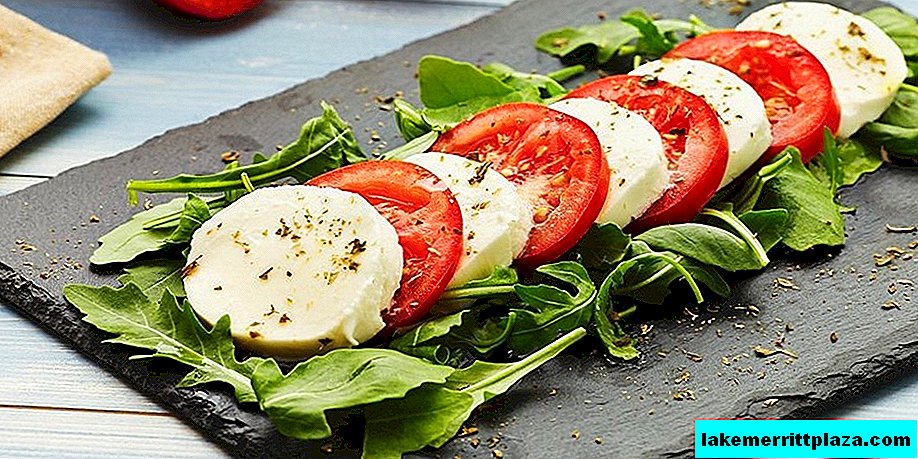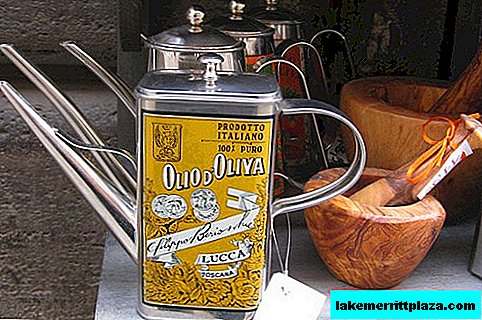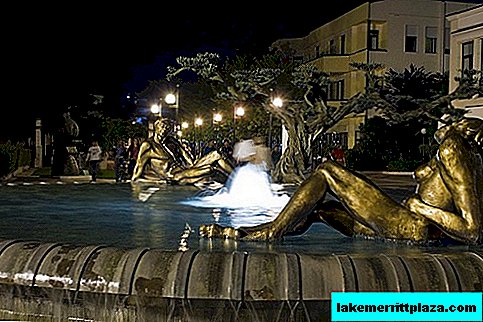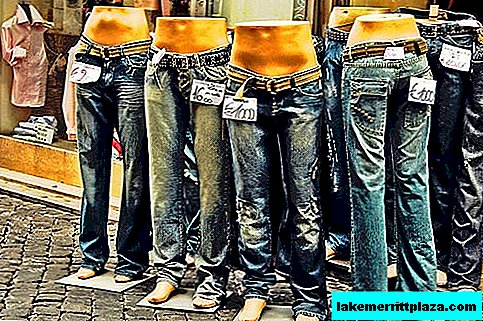Schönhausen Palace - a small Berlin pearl in the Baroque style. It is interesting for its volatile history from the summer palace of Elizabeth Christine, the unloved wife of Frederick the Great, and the official residence of the President of the GDR to the museum.
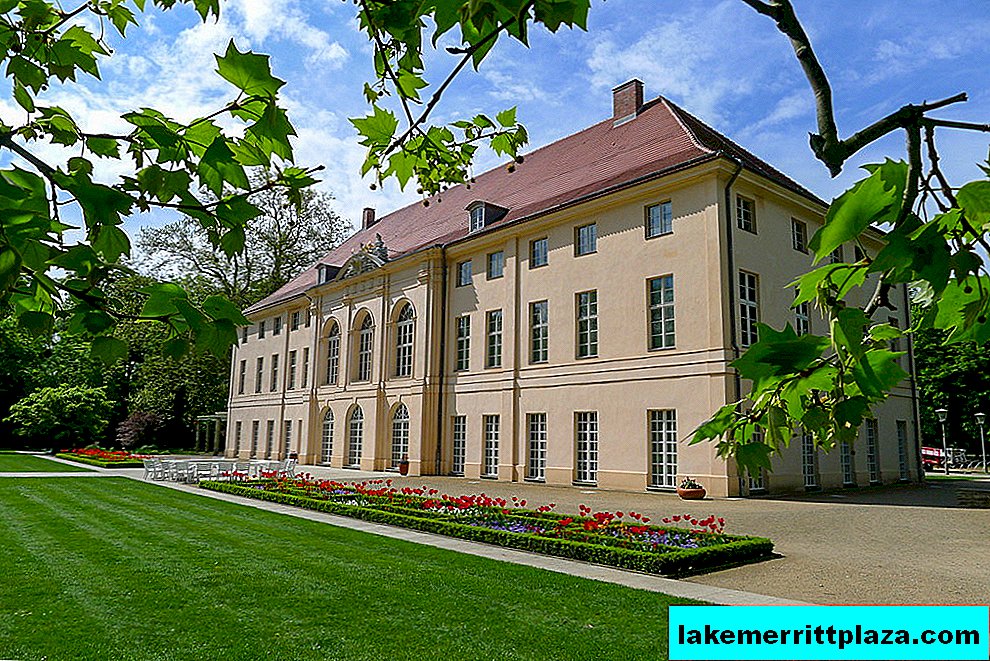
Schloss Schönhausen Palace, photo by Marten Kuilman
The owners of the palace
Elector Frederick I acquired the three-story Schloss Schönhausen palace in the vicinity of Berlin in the Dutch style in 1691. The building was rebuilt, additional outbuildings were erected, which increased the size of the royal apartments. After the death of the king in 1713, his son placed in the building of officials, and the palace fell into disrepair.
The beautiful palace on the Punk River was liked by Elizabeth Christine, wife of Frederick II the Great, who was still the crown prince. Having become king, Frederick II gave Elizabeth the palace of Schönhausen, where she spent every summer from 1740 to 1797. The couple did not live together, and Frederick himself was never in Schönhausen.
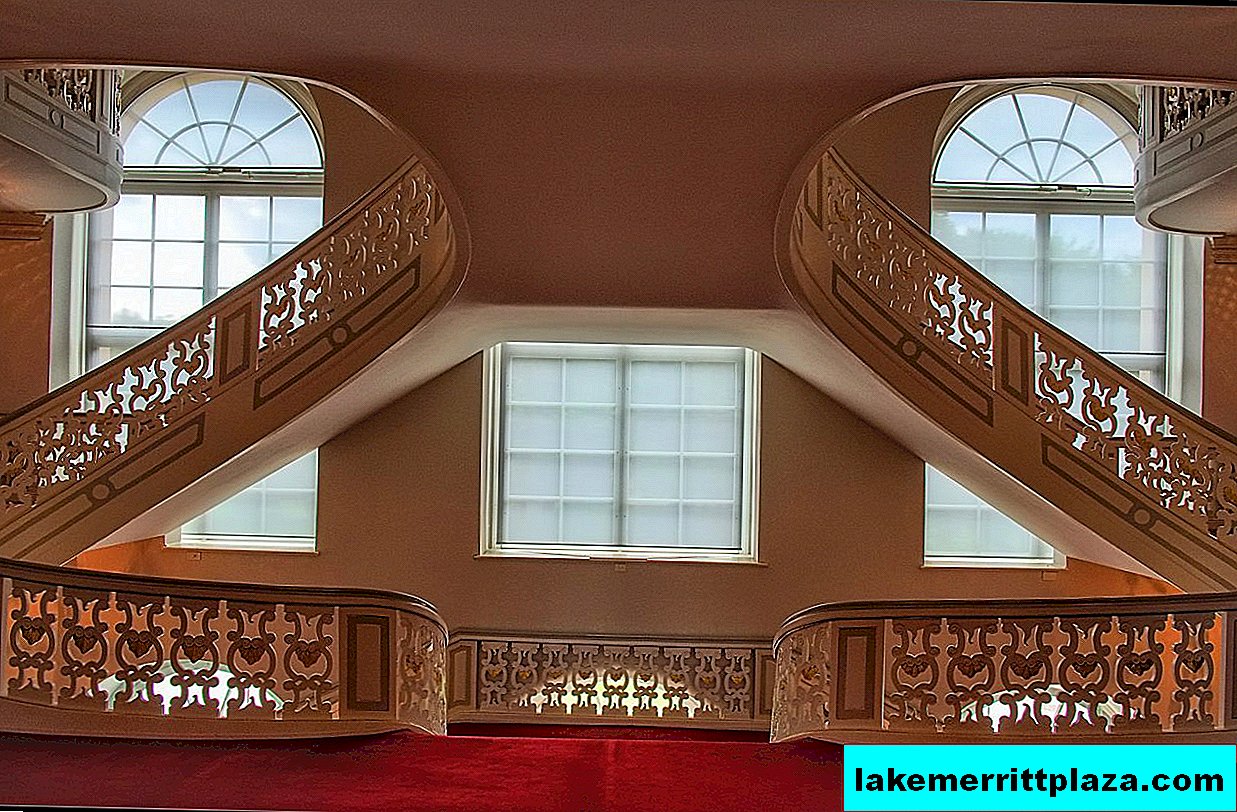
Palace stairs, photo EEB.357
During the Seven Years' War, Elizabeth Christina left the palace and escaped to the fortress of the city of Magdeburg. Schönhausen was destroyed by Russian troops that reached Berlin. In 1764, the king paid for the restoration of the palace and its reconstruction: the side wings were built on, and a wide staircase blocked the courtyard. In this form, the structure has survived to the present.
After the death of Elizabeth Christina in 1797, Frederick Mecklenburg-Strelitskaya, sister of Queen Louise, lived for some time in the palace. She instructed Peter Joseph Lena to design a palace park in the English style, which was done in 1828-1829. In the second half of the 19th century, the palace had a warehouse of furniture and paintings.
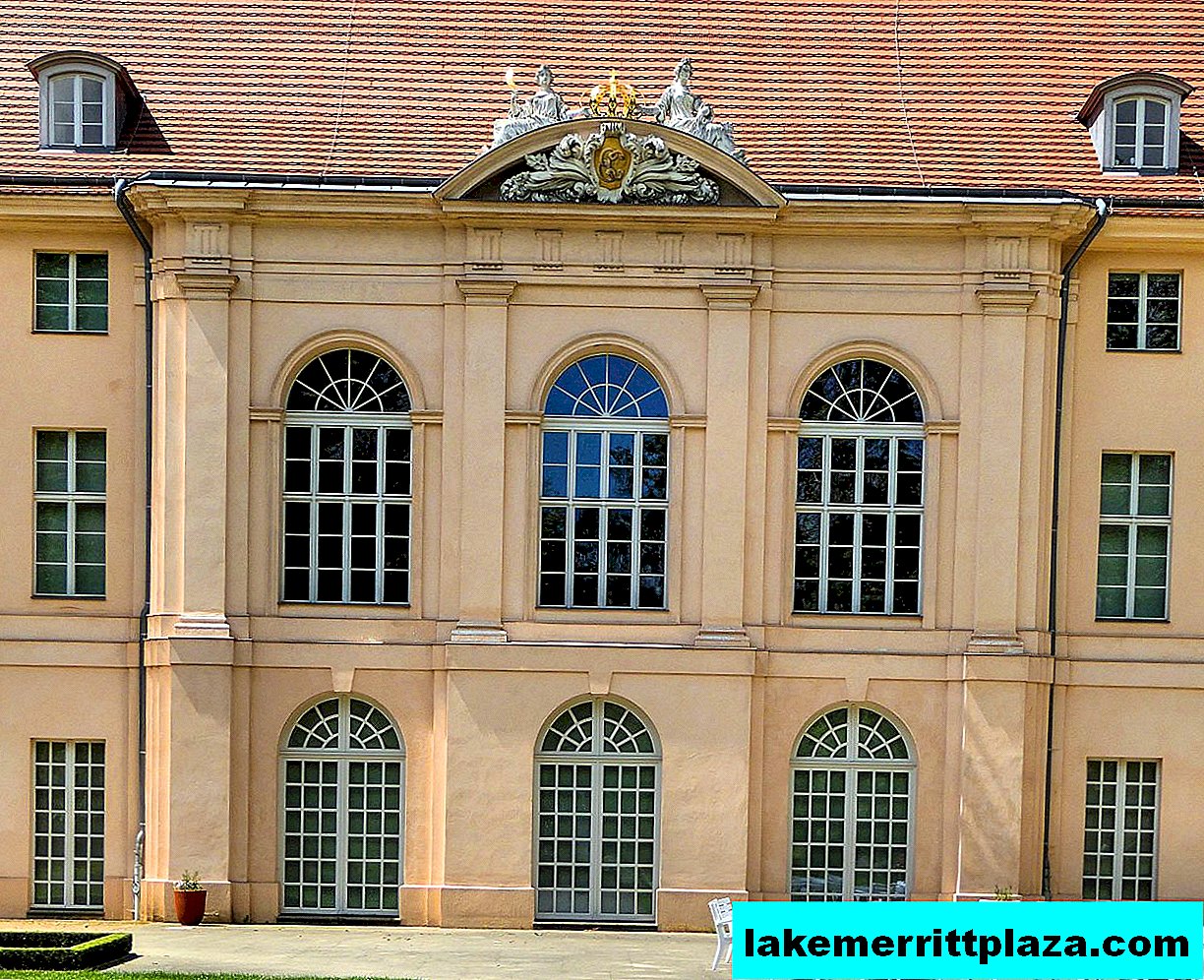
Facade details, photo by Gertrud K.
In 1920, the palace became the property of the state, under the National Socialists adapted for holding exhibitions of the Imperial Chamber of Fine Arts.
During the Second World War, the palace received little damage, which was already eliminated in 1945. In September, the first exhibition was held here. Further here was the officer club of the Soviet troops, then a school and a boarding school for Soviet children.
From 1949 to 1960, the palace was the official residence of the President of the GDR, Wilhelm Pieck. It was rebuilt again, separating the inner park with a wall from the outer one. In the GDR, the palace performed representative functions - it hosted many government guests, including N.S. Khrushchev and Ho Chi Minh.
After the death of Peak, there was the State Council of the GDR, which subsequently moved to its new building in the center. The palace began to accommodate government guests. The last guests were President of the USSR M.S. Gorbachev and his wife.
In the late Schönhausen palace in the late 1980s, a two-plus-four Berlin round of negotiations took place between the German Democratic Republic, the Federal Republic of Germany, France, the USSR, Great Britain and the United States on a final settlement with respect to Germany. There is a plaque on the building about this.
Museum




From 2005 to 2009, the palace was restored. On the ground floor, the atmosphere of the time of Elizabeth Christina in the Rococo style was restored. Original furniture, fireplaces and mirror frames were placed here. The main hall, the only one preserved in Berlin in the Rococo style, has become the venue for lectures, concerts and receptions. On the upper floors, the atmosphere of the times of the GDR is preserved: Wilhelm Pieck's office and apartments for government guests.
Today, the Schönhausen Palace and Park are open to the public.
Working hours
From April to October:
VT-Sun 10:00 - 18:00;
Mon day off.
From November to March:
Sat-Sun 10:00 - 17:00;
Mon-Fri output.
Tickets
A full ticket costs € 6,
preferential - € 5,
children under 7 years old - free of charge.
How to get there
Take the M1 tram or 250 bus to the Tschaikowskistrasse stop. You can get on the U2 metro or city train S2 (direction Buch / Bernau), get off at Pankow station.




